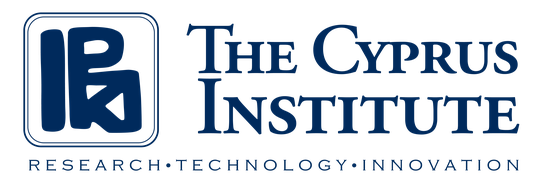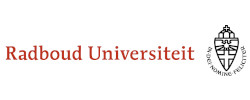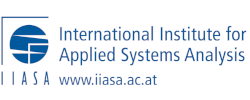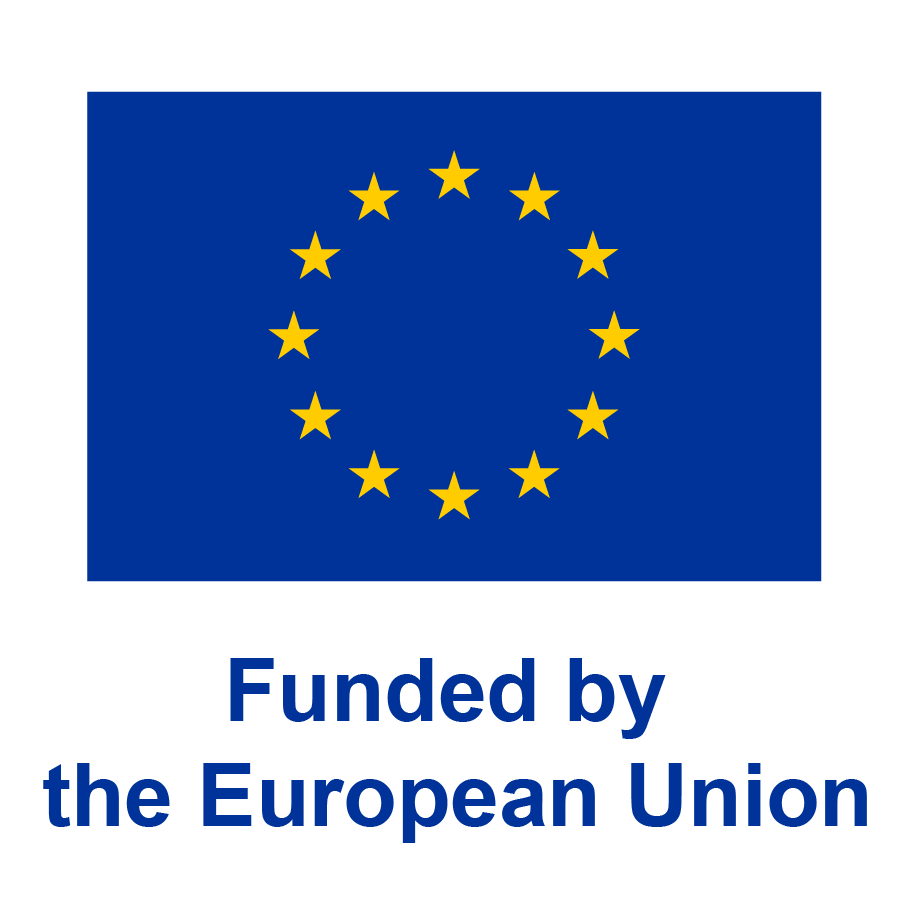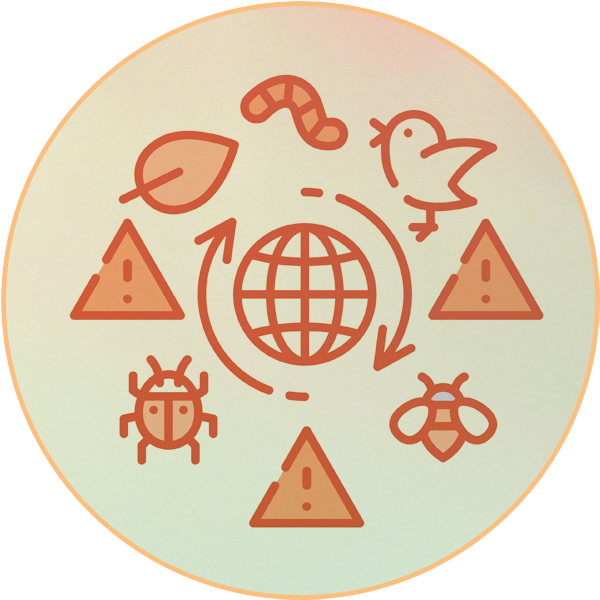
Objective of Work Package : The main objective of this WP is to design and operationalize a consistent and comprehensive model toolbox that allows for spatially and sector-explicit assessments of the environmental and socio-economic impacts from transformative pathways for biodiversity. The model toolbox will be applied to the scenarios and case studies, as specified in WPs 3-5.
Methodology : The consortium partners have key knowledge about a combination of assessment models. The integrated assessment model MESSAGE-GLOBIOM, with an important land component via GLOBIOM, is developed by IIASA, RU is one of the developers of the global biodiversity model GLOBIO and the life cycle impact assessment method ReCiPe. The life cycle impact assessment method LC-IMPACT has been co-developed by NTNU and RU. NTNU is one of the key developers of the environmentally extended multi-regional input-output model and database EXIOBASE. Unilever contributed to the development of the world food life cycle database WFLDB. We will update and integrate the models and databases to be able to assess the consequences of transformative pathways on biodiversity, including the implications of active biodiversity restoration measures and potential trade- offs with other SDGs. The toolbox will address indicators of biodiversity and ecosystem services (SDGs 6, 14-15), climate (SDG 13), human health (SDG 3), and socio-economic development (SDGs 1, 8-10 and 12) to allow accounting for co-benefits and trade-offs among SDGs. The combination of models and databases will be used to address the different scopes of application in the case studies and pathway analyses.
Output : (1) a harmonized set of biodiversity and other key SDG indicators to quantify the implications of transformative action; (2) an operational comprehensive model toolbox that with allows for spatially and sector-explicit assessments of the environmental and socio-economic impacts from transformative pathways for biodiversity.





